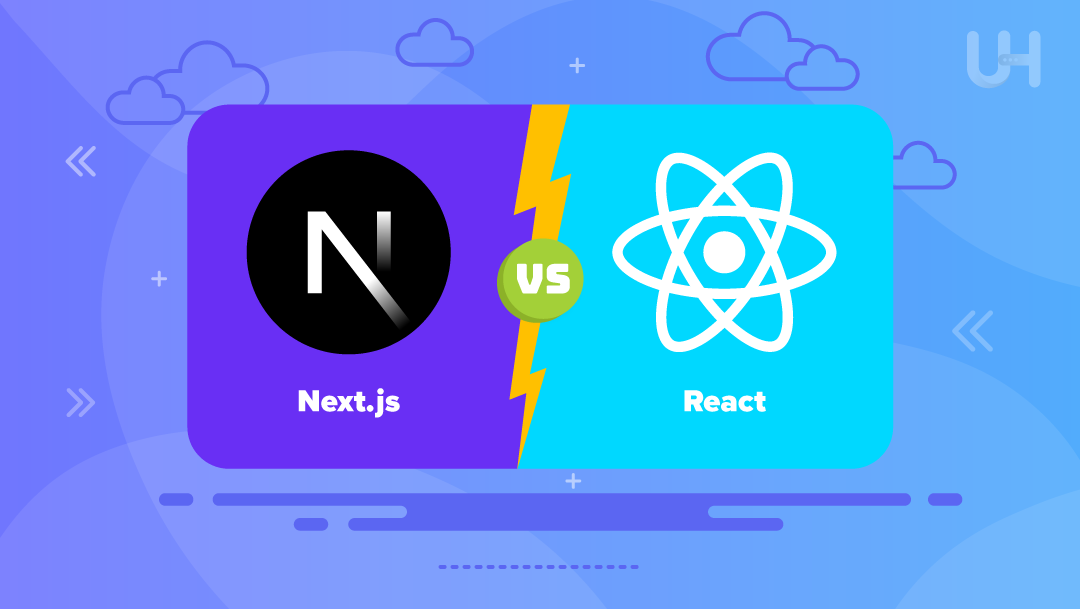Building Scalable Web Applications with Next.js and React

Building Scalable Web Applications with Next.js and React
In today's fast-paced digital landscape, building web applications that can scale efficiently is crucial for success. Next.js, built on top of React, provides an excellent framework for creating scalable, performant, and SEO-friendly web applications.
Why Next.js?
Next.js offers several advantages that make it ideal for scalable applications:
1. Server-Side Rendering (SSR)
Server-side rendering allows your pages to be rendered on the server before being sent to the client. This approach offers several benefits:
- Improved SEO: Search engines can easily crawl and index your content.
- Better Performance: Users see content faster, improving the perceived loading time.
- Enhanced User Experience: Content appears more quickly, reducing bounce rates.
// Example of a server-side rendered page in Next.js export async function getServerSideProps() { const res = await fetch('https://api.example.com/data') const data = await res.json() return { props: { data } } } function Page({ data }) { return <div>{data.map(item => <div key={item.id}>{item.name}</div>)}</div> }
2. Static Site Generation (SSG)
For content that doesn't change frequently, Next.js offers static site generation:
- Ultra-Fast Performance: Pages are pre-rendered at build time.
- Reduced Server Load: No server-side rendering required for each request.
- Cost-Effective Scaling: Static files can be served from CDNs.
// Example of a statically generated page export async function getStaticProps() { const res = await fetch('https://api.example.com/data') const data = await res.json() return { props: { data }, revalidate: 3600 // Re-generate page every hour } }
3. Incremental Static Regeneration (ISR)
Next.js allows you to update static content after deployment without rebuilding the entire site:
export async function getStaticProps() { const res = await fetch('https://api.example.com/data') const data = await res.json() return { props: { data }, revalidate: 60 // Regenerate page after 60 seconds if requested } }
Best Practices for Scalable Next.js Applications
1. Optimize Component Structure
Organize your components efficiently:
- Atomic Design: Break UI into atoms, molecules, organisms, templates, and pages.
- Component Reusability: Create reusable components to maintain consistency.
- Code Splitting: Use dynamic imports to load components only when needed.
2. State Management
Choose the right state management approach:
- React Context: For simpler applications with moderate state requirements.
- Redux: For complex applications with extensive state management needs.
- Zustand/Jotai/Recoil: For modern, lightweight state management alternatives.
3. API Route Optimization
Next.js API routes provide a convenient way to create serverless functions:
// pages/api/data.js export default async function handler(req, res) { try { const data = await fetchData() res.status(200).json(data) } catch (error) { res.status(500).json({ error: 'Failed to fetch data' }) } }
4. Performance Optimization
- Image Optimization: Use Next.js Image component for automatic optimization.
- Font Optimization: Leverage Next.js font optimization features.
- Code Splitting: Implement route-based code splitting.
- Caching Strategies: Implement effective caching for API calls and static assets.
Conclusion
Building scalable web applications with Next.js and React requires thoughtful architecture, performance optimization, and adherence to best practices. By leveraging Next.js's powerful features like SSR, SSG, and ISR, you can create applications that not only perform well at launch but can also scale efficiently as your user base grows.
Remember that scalability isn't just about handling more users—it's also about maintaining code quality, developer productivity, and user experience as your application evolves.